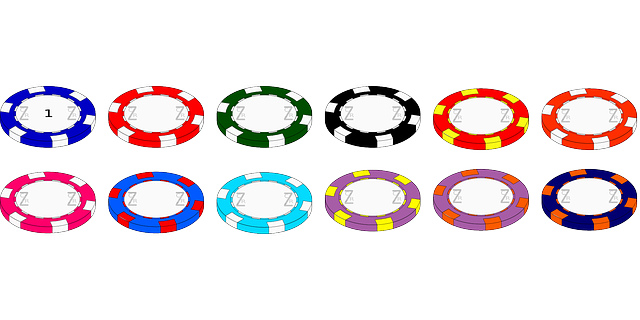- Understanding Sit and Go Tournaments: A Beginner's Guide
- Strategies for Success in Poker Tournaments
- The Pros and Cons of Participating in Sit and Go Events
Understanding Sit and Go Tournaments: A Beginner's Guide

Sit and Go tournaments, a staple in the world of poker, offer an exciting and accessible format for aspiring players to dive into. Unlike traditional Poker Tournaments that require more time and structure, Sit and Gos are instant-start events with dynamic field sizes, typically ranging from 2-10 players. This format’s appeal lies in its efficiency; players can join at any moment until the game starts, making it perfect for those with flexible schedules.
For beginners, understanding the unique dynamics of these tournaments is key. The ‘sit and go’ nature implies blind levels that increase automatically as players leave, ensuring constant action. This dynamic structure encourages aggressive play, creating a fast-paced environment where strategic adaptability is crucial. With no set duration, these tournaments can range from quick 15-minute games to extended battles, making them versatile for players at all levels.
Strategies for Success in Poker Tournaments

In the fast-paced world of poker tournaments, success isn’t solely about having the best cards; it’s a blend of strategic thinking, adaptability, and mental toughness. One key strategy is table selection, where choosing the right game based on your skill level and the strength of opponents can significantly boost your chances. Be mindful of stack sizes and play positions; acting last gives you an advantage in reading other players. Aggression is crucial, but balance it with caution. Know when to raise for value, re-raise to dominate, or fold when the odds aren’t in your favor. Position plays a vital role here; act early to apply pressure and later to make strategic calls.
Another effective approach is to read your opponents, observing their betting patterns, body language, and tendencies. This information can guide your decisions, helping you bluff effectively or know when to call with marginal hands. While luck does play a part in poker tournaments, mastering these strategies will enhance your gameplay significantly.
The Pros and Cons of Participating in Sit and Go Events

Participating in sit and go (SNG) events offers a unique experience within the world of poker tournaments. One of its key advantages is accessibility; SNGs typically have lower buy-in levels compared to traditional multi-table tournaments, making them ideal for players of all budgets. This format also provides quick, intense action, allowing players to gain significant experience in a short period. The structure encourages aggressive play, fostering an environment where strategic decisions and calculated risks can lead to substantial rewards.
However, there are potential drawbacks to consider. SNGs often feature more volatile dynamics due to the fixed number of tables and players, which can result in rapid swings in chip counts. This high variance may not suit every player’s risk tolerance. Additionally, the time commitment is generally shorter, meaning less opportunity for deep strategic planning compared to longer-format tournaments. Despite these cons, many poker enthusiasts embrace SNGs for their fast-paced nature and the thrill of high-stakes play within a condensed timeframe.
Sit and go (SNG) tournaments offer a dynamic and exciting way to participate in poker competitions, appealing to both casual players and seasoned pros alike. By understanding the format, employing strategic gameplay, and weighing the pros and cons, you can enhance your experience and potentially increase your chances of success in these fast-paced Poker Tournaments.






